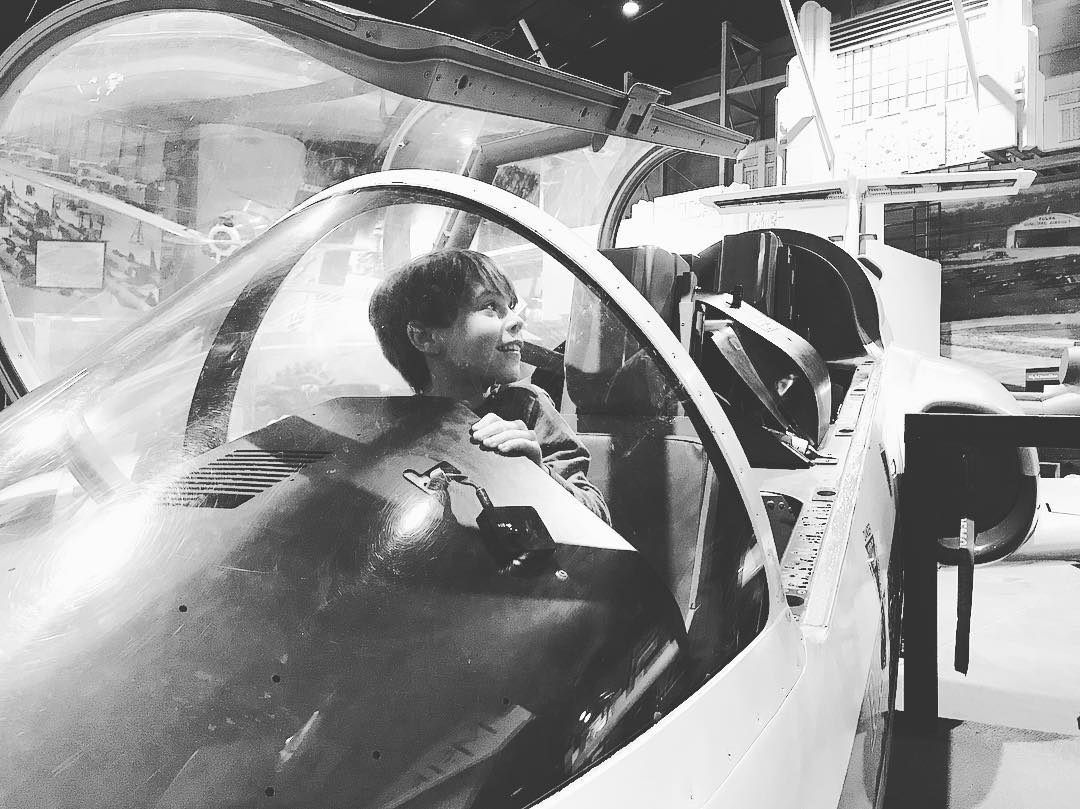The Spartan Aircraft Company of Tulsa, Oklahoma has its roots in oil. Two years before Oklahoma gained statehood in 1905, an oil gusher named the No.1 Ida Glenn sprung up southeast of Tulsa. This gusher turned out to be a giant oil reserve big enough to establish future companies such as Getty, Gulf, Standard Oil, (now Exxon), Sinclair and Skelly. The profits from this oil industry would help grease the wheels of contemporary America.
William G Skelly, founder of the Skelly Oil Company came to be known as “Mr. Tulsa”. In the 1920’s Skelly turned his business into one of the world’s largest independent oil companies making him one of the wealthiest men in the country. Skelly was very aware of emerging technologies and their effects on society.
These Spartan airplanes were built employing principals of the newly developed technique known as semi-monocoque fuselage design. This means of construction does away with the need for a center framing structure to support the skin. Simi-monocoque construction uses lightweight aluminum ribbing with stringers bound with a stressed aluminum skin shell. This method gives a great amount of strength to the fuselage with very little weight. The Spartan Executive was built using this technique along with using a steel spar subframe joined with aluminum bulkheads and a stressed aluminum skin. The fuselage benefited from this design with a rather spacious cockpit and an overall lighter weight.
When the US became involved in W.W.II, Getty being a patriot immediately tried to enlist. He went to the Secretary of the Navy Frank Knox, in Washington DC. Secretary Knox told Mr. Getty that his greatest help would be in the Management of his Company Spartan Aircraft to help with the production of Airplanes and parts for the War.
Getty came to Spartan in February of 1942 and fully threw himself into the operation of running an airplane manufacturing plant. Spartan received a contract to build Navy trainers the Spartan NP-1 The Fuselage was welded chrome moly steel tubing, and fabric covered. This was their only wartime commission for a complete plane although they made many components, which were used on other war contracts planes such as Gruman, Lockhead, and Curtiss.
At the end of the W.W.II, the Spartan factory was beefed up due to wartime production. Getty had to decide where he was going to take the company next. The company needed a product that could be marketed to a large audience. His engineers were busy with several exciting projects. A 5-passenger airplane prototype was completed and flown, its performance surpassed expectations and would be the best plane the company had ever built. In addition to this new plane, they were also working on a new type of automobile and a radically designed travel trailer.
Due to the war, the competition in airplane manufacturing had risen greatly. Along with the fierce competition in new aircraft, top management figured the cost in dollars and length of time before their new plane design could be in production, and producing supply for inventory would be too great an expense. As far as automobile manufacturing went the cost of retooling would be out of the question and this was too much of a departure from what they knew best.
The ’50s saw a great rise in the number of competing trailer manufacturing companies. Most offering models are priced much below that of Spartan. In 1958, to stay competitive, Spartan introduced 2 new lines of trailers.
The “Sparcraft” is an all-aluminum and riveted trailer constructed with less appealing styling than the Spartan ie: no compound curves lower grade aluminum and more conservative interiors of lesser quality. Their super economy line the “Sparlane” was a basic boxy affordable mobile home. 1962 marked the final year of production. At this time Spartan had a very extensive line of trailers with 19 models.
The largest reaching 10 feet wide by 57 feet long. A fleet of 29 2-ton Internationals was used to deliver these large homes. Among this lineup Spartan introduced the “Crescendo” and the “Carousel” two trailers with ultra-modern 50’s styling and never before seen curving floorplans. Sadly this would be the last of the great Spartans produced.
In 1962 the plant closed and the company went into the insurance and financial business, under the name of the Minnehoma Insurance Co., After closing its plant, Spartan sold its name to the Spartan School of Aeronautics, which continues today.
The Tulsa Air and Space Museum is the ONLY museum in the world that has 3 Spartan aircraft that include the ONLY Spartan Executive Model 12 ever built!


